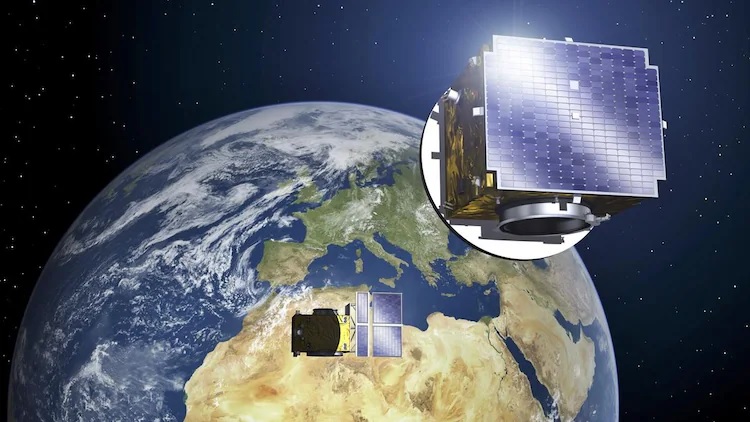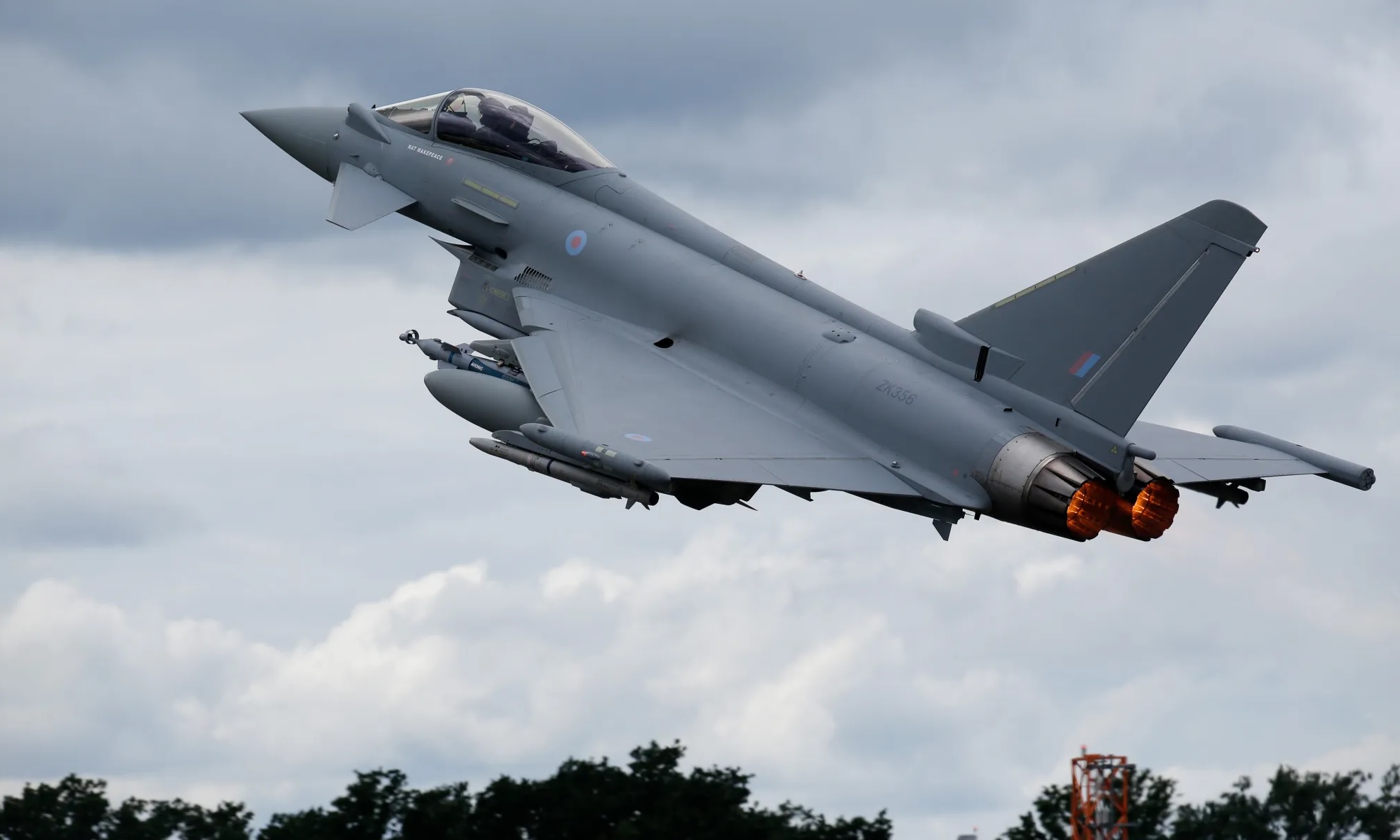ISRO PSLV to launch ESAs inside-out Solar Space Telescope PROBA 3 in mid 2024

In a significant development, the Indian Space Research Organisation (ISRO) has selected its dependable workhorse rocket, the Polar Satellite Launch Vehicle (PSLV), to deploy the European Space Agency (ESA) experimental Project for On-Board Autonomy-3 (PROBA-3) mission in the middle of 2024. The PROBA-3 mission comprises two elements flying in tandem, dedicated to studying the Sun. Essentially, this mission creates a solar observatory measuring 144 meters in length, divided into two components flying in coordinated formation.
ISRO has ambitious plans for 2024, aiming to conduct sixteen missions, marking its highest number of launches in a single year. Among these, the ESA has contracted one mission to ISRO, assigning the PSLV to transport an innovative technology demonstration mission to Earth orbit. The PROBA-3 mission includes a Coronagraph spacecraft and an Occulter spacecraft. The precise positioning of these two spacecraft in relation to each other is crucial, forming a unified instrument enabling scientists to explore the outer atmosphere of the Sun, known as the solar corona.
Helio-Physics observatories, dedicated to studying the Sun, employ various scientific instruments to investigate different layers of the solar atmosphere. ISROs Aditya L1 mission, equipped with a sophisticated set of seven instruments, is designed for this purpose. To study the corona, it is necessary to block out the Sun face or disc, as it would oversaturate images. Traditionally, coronagraphs integrated within the spacecraft serve this purpose. However, the PROBA-3 mission adopts an innovative approach, utilizing two spacecraft flying in tandem, with the Occulter spacecraft observing the corona while the Coronagraph spacecraft blocks out the Sun face.
The Indian Institute of Astrophysics (IIA) in Bangalore has played a crucial role in developing the Visible Line Emission Coronagraph (VELC) for the Aditya-L1 mission. Notable solar observatories like NASAs Solar Dynamics Observatory (SDO) and ESAs Solar Orbiter also incorporate coronagraphs. The PROBA-3 mission primary objective is to demonstrate the feasibility of formation flying, where the two spacecraft, separated by over 144 meters, will fly in coordinated formation for six hours. Together, these elements will act as a virtual giant satellite. The mission is anticipated to last approximately two years, with the PROBA-3 launch scheduled between July and September 2024.



